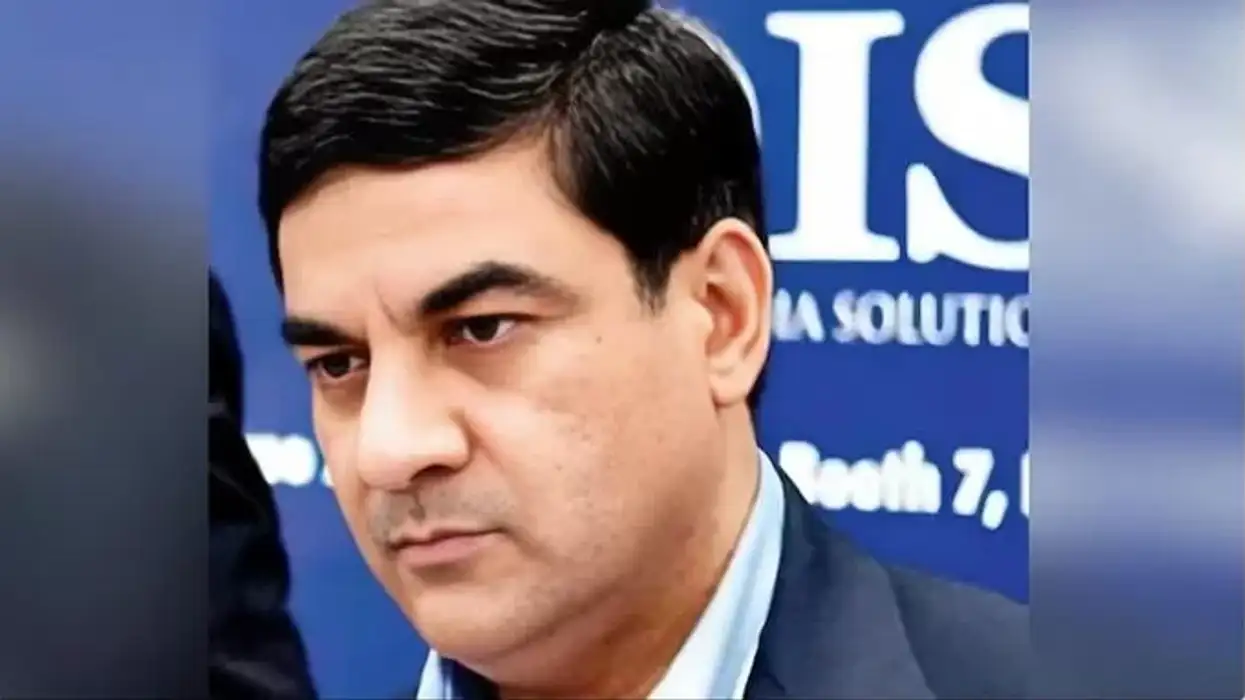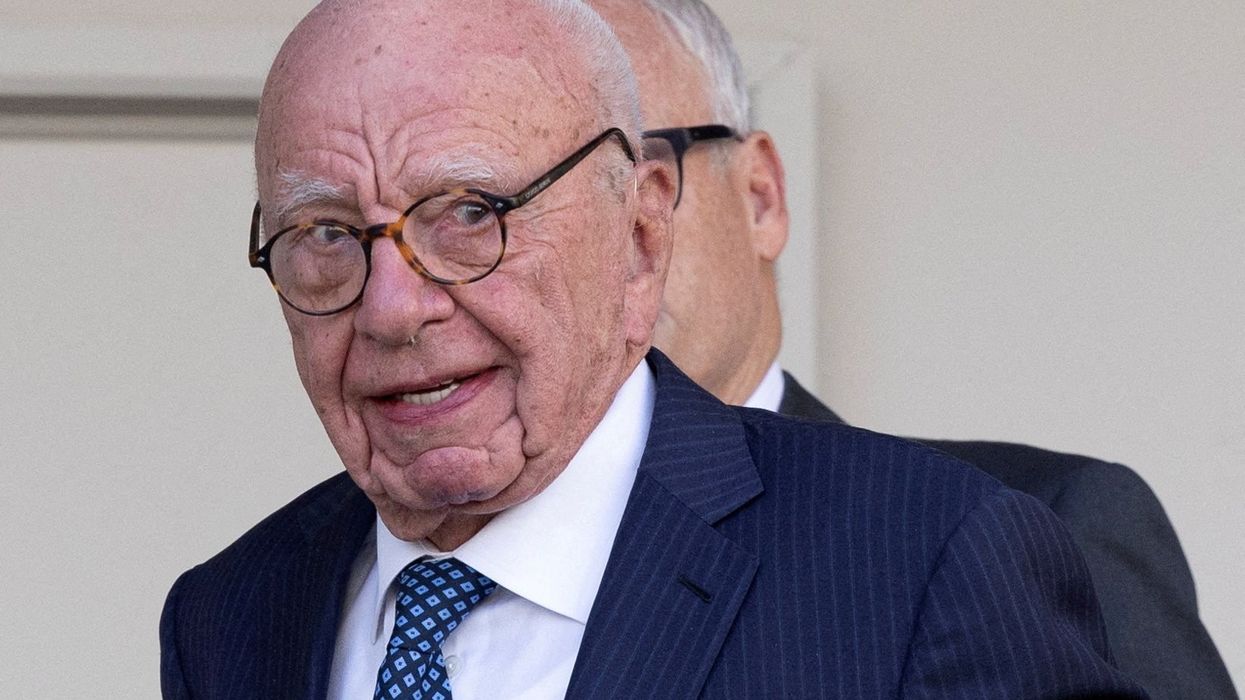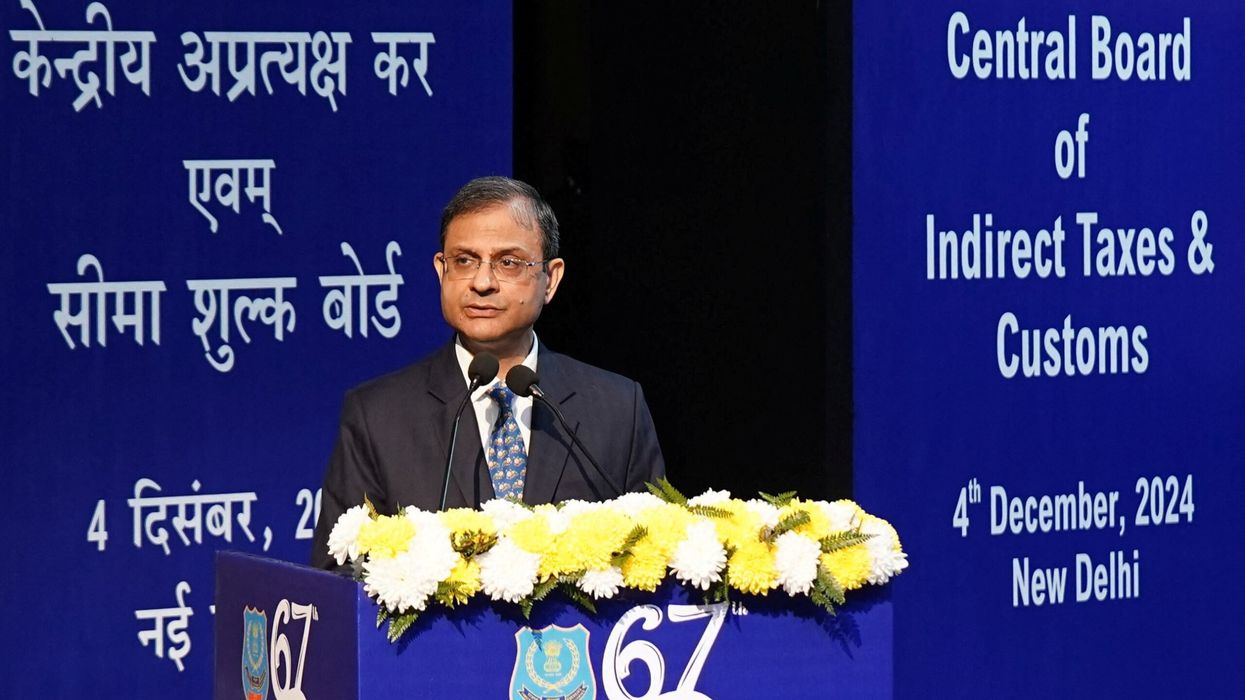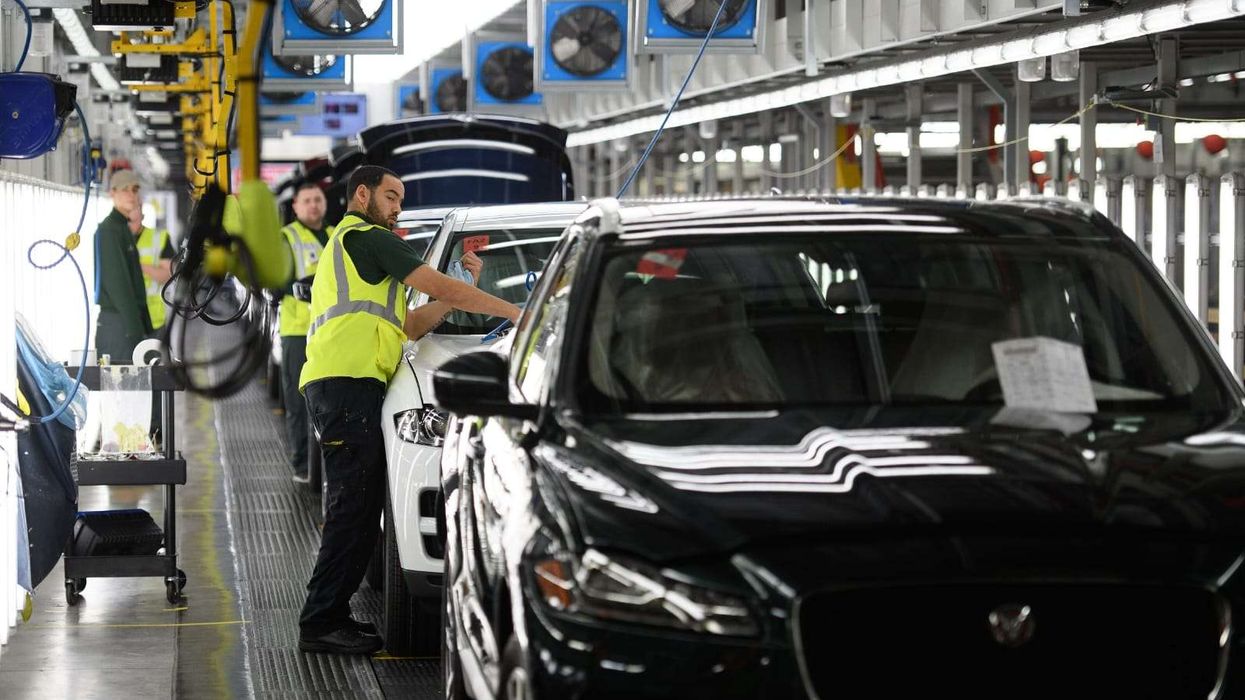Now that the Christmas and New Year celebrations are over, it is time to get back to the reality of everyday life. With the financial year drawing to a close, it is time for you to start planning your taxes. Being an honest tax paying citizen of the country, you must pay your taxes on time and file your tax returns honestly. But it does not mean that you cannot save on your taxes. There are various provisions under the Income Tax Act 1961, which allow you to claim deductions against various investments and expenses.
One such method of reducing your income tax liabilities is available through a bank loan you avail for purchasing a home or expand your business. Yes, there are various income tax rebates available to you if you use the money in a specified manner.
However, it is vital here to ponder over if Personal Loan for the specified use can entitle you the IT benefits? Let's find out below:
Personal Loan Tax Benefits
Personal Loans are extremely popular in the present times, with individuals in desperate need of money. You can use the funds availed through a Personal Loanfor any financial requirement that you may have. Though,the tax implications attached to Personal Loans are lesser-known but are extremely important to know.
As a Personal Loan is a form of borrowing, i.e., a liability; hence it is not added to your annual income at the time of filing of your income tax returns. But very few individuals know that when you avail of a Personal Loan such as TMB Personal Loan, there are various income tax benefits that you can enjoy.
Yes, by using a Personal Loan for specified expenses or investments, you can claim various tax rebates and deductions and bring down your income tax liabilities for a year.
If you are interested in availing Personal Loan tax benefits to reduce your income tax liability, then here are the various provisions which you must be aware of:
- Personal Loan for home: When you avail of a Personal Loan and use it for certain expenses related to your home, you can claim income tax rebate against such expenses. Though to avail of these benefits, you must be the homeowner, and you should have also availed the Personal Loan. Here are the various ways in which you can reduce your tax liabilities if you have availed a Personal Loan:
- Under Section 24B– If the Personal Loan that you have availed has been used for the construction of a newly purchased property, or the actual purchase of a property; then the interest paid for Personal Loan can be claimed as a deduction under Sec 24 (B) of the Income Tax Act 1961. There are certain conditions applicable to this rebate i.e.
- In case the property on which the expense has been incurred is self-owned and self-occupied by you, then the maximum limit to the deduction that you can claim is Rs. 2 lakhs under Section 24 (B).
- In case the property on which the expense was incurred has been rented out, then the entire interest amount paid as interest against the Personal Loan would be tax-deductible under Section 24 (B).
- Under Sec 80C– If the money that you have availed as a Personal Loan has been used for home improvement or home renovation, then the principal amount that has been spent on the project can be claimed as a tax deduction. This deduction is available to you under Section 80C of the Income Tax Act, 1961, with the maximum deduction available going up to Rs. 1.5 Lakhs.
- Personal Loan for business: When you are a self-employed professional or an independent businessman, you can claim deductions against your income tax liability if the Personal Loan has been used for your business purpose. In order to claim the income tax deduction, the money should have been used to acquire some machinery, tools, or other assets for the business. The interest paid for the Personal Loan in such cases can be recorded as an expense, thereby bringing down your net profit and thus reducing your income tax liability.
- Personal Loan for the acquisition of assets: If the Personal Loanhas been used to acquire any assets like shares, mutual funds, jewellery, etc., then the interest cost of the Personal Loanwill be added to the cost of acquisition of the asset. Although such investments cannot be claimed to be tax-deductible expense, the addition of the interest expense to the cost of acquisition of the asset will help bring down the capital gains at the time of liquidation of the assets. Thereby, your overall income tax liability will be reduced when you sell-off that asset or investment.
Important points to remember
To avail the Personal Loan Tax Benefits, you need to take care of the following essential aspects:
- To avail of the income tax benefits, you need to provide proper documentation evidence. The documents should connect the Personal Loan amount to the expenses against which you are claiming the deduction.
- The approved list of documents that you will need to submit to the income tax department include,
- Expense vouchers or invoices
- Bank statements
- Sanction letter
- Bank certificate
- The deduction against the Personal Loan interest expense will be available only as per the repayment schedule of the Personal Loan. This implies that the tax deduction will cease to be available as soon as the interest cost has been paid off.
By using these income tax deductions available, you can reduce your income tax liability significantly, thereby enhancing the benefits available with a Personal Loan. After all, you are getting the chance to manage your financial requirements as well as reduce your income tax liability at the same time.











